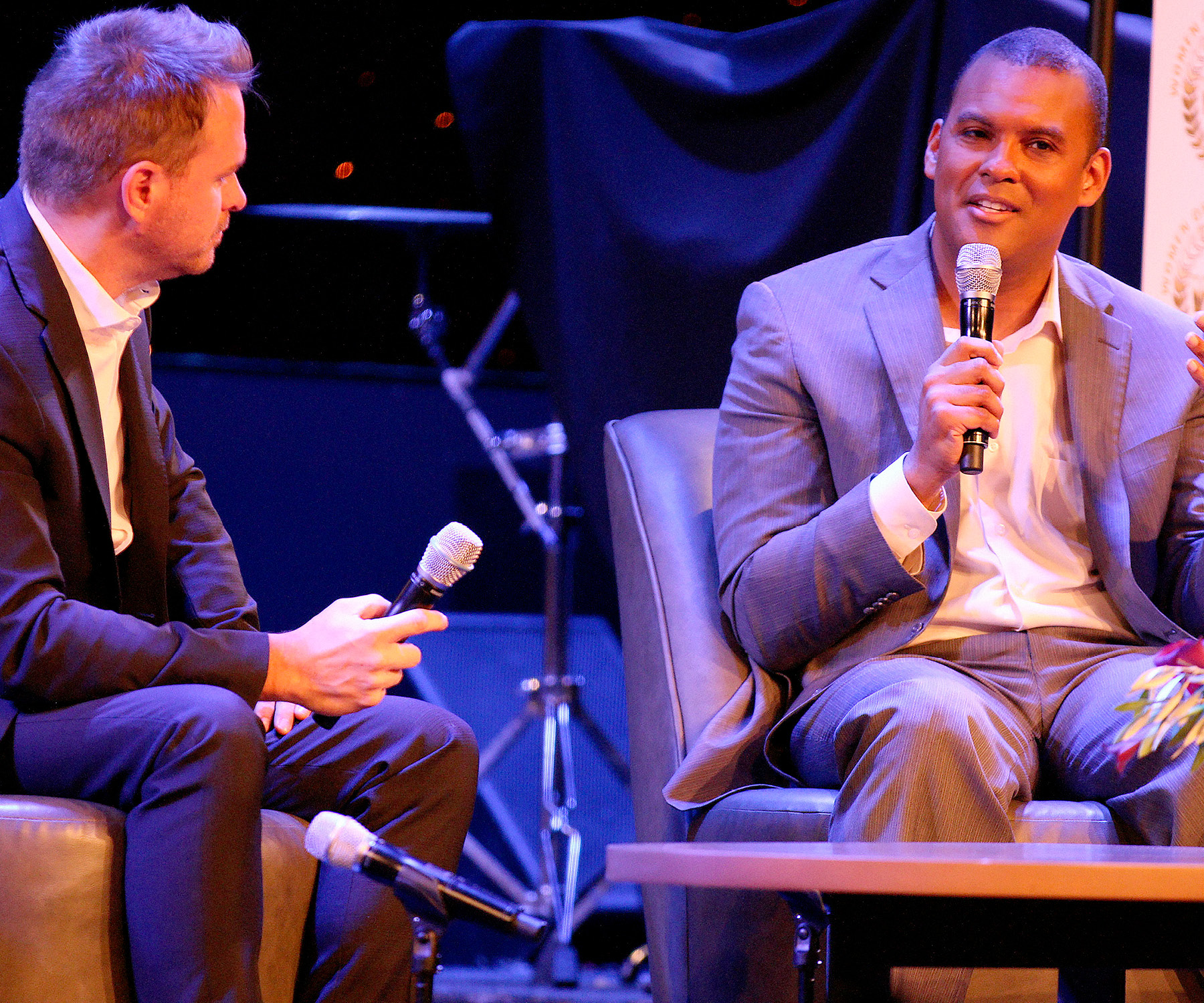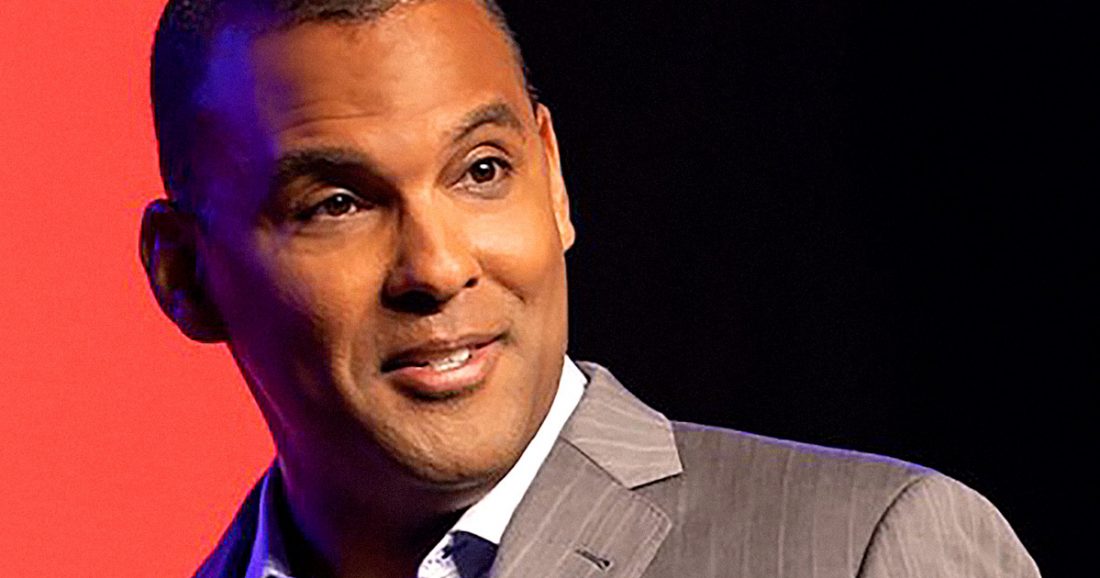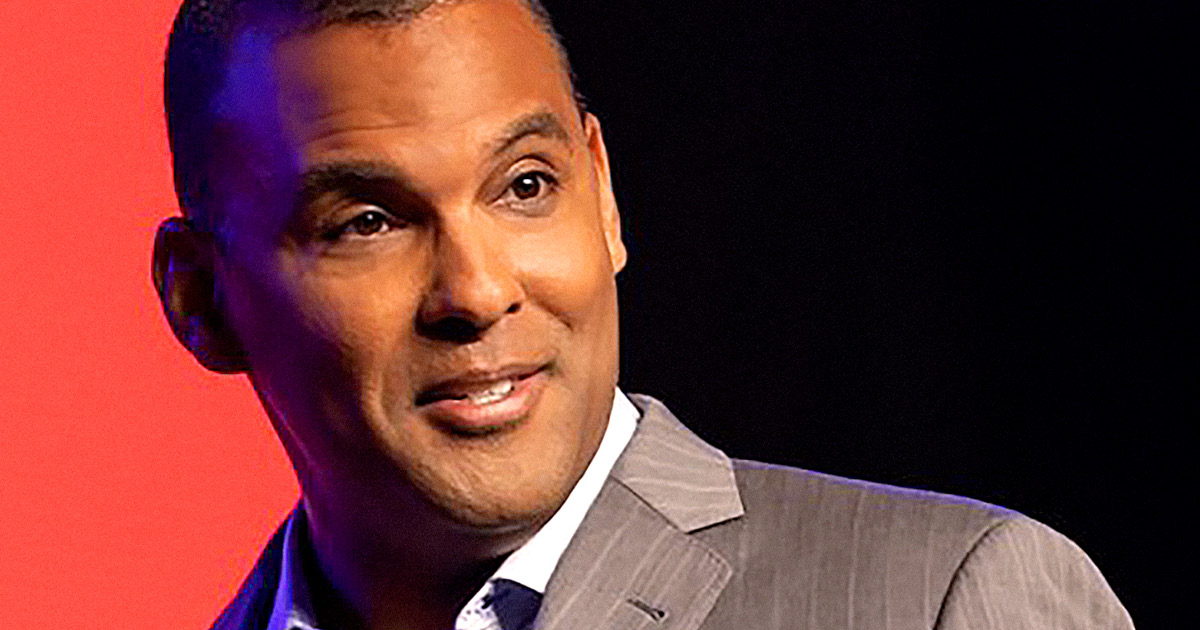Sometimes a CEO is so right for a company that you couldn’t imagine them not being paired together. Take for example Elon Musk trying to take humanity to Mars with SpaceX, or Jamie Dimon as the charismatic head of JP Morgan Chase for nearly 20 years — and counting.
“There’s a certain kind of magic when you see a CEO and you can understand why they’re running the sort of business they do,” Raoul Davis explains to The CEO Magazine.
Beyond the magic, it’s also a combination that fosters a sense of legitimacy. “When you have that sort of intuitive resonance, people pick up on that. It makes them believe in your business and believe in who you are more,” Davis continues.

“It’s about owning your name online and being visible enough in your industry that you meet the minimum standards.”
While such associations might be intuitive, they are far from ingrained — and that’s where Davis comes into the picture. As Partner at Ascendant Group Branding, considered one of the top minority-owned PR firms in the United States and one of PR News Agency Elite Top 100 agencies, it is his role to create a brand around you as a CEO.
“I learned from a mentor of mine, Chris Collins, that, as a CEO or an executive, ‘you get branded or get labeled’,” he says. “In other words, are you going to be an asset or a liability for your business?”
Because in this day and age, there’s one certainty, according to Davis: “You can’t opt out of branding. People have perceptions of you. It’s occurring whether or not you want it to.”
Building Brand ‘You’
To build brand ‘you’, Ascendant uses an integrated model that can include, but is not limited to, brand strategy and management, PR, social media, design and publishing. “Basically, everything that can be a touch point with the public for a brand,” Davis says.
Its clients, ranging from fast-growth, early-stage companies to mid-market leaders and executives at Fortune 500 companies, have enjoyed placement in prestigious media outlets and unparalleled company growth and reputation enhancement.
Ascendant delivers this is in a variety of ways. “Firstly we pull out what are the personal characteristics of a CEO that most line up with the mission of the business, and then we try to carry that forward and communicate around that,” he explains.
Other approaches include establishing the client as a thought leader in the brand’s industry. “That could be being a keynote speaker at an industry event, or appearing in the right industry publications or a mainstream business publication,” he adds.

“We pull out what are the personal characteristics of a CEO that most line up with the mission of the business, and then we try to carry that forward and communicate around that.”
A tangible example of Ascendent’s work is a former NBA basketball player, Jonathan Bender. “He was a number six pick in the NBA and blew out his knee after a few years. He developed a product that was so good, it got him back into the NBA to play for a season,” Davis says.
“Then, instead of continuing his playing days, he realized that 70 percent of NBA players go broke within five years of retirement and he had momentum with his product. Despite being able to come back, he decided to retire and pursue entrepreneurship.”
The premise, Davis continues, was simple: “If my product’s good enough to rehab my knee and get me back in the NBA, it can probably help you with your running injury.”
When Ascendant partnered with Bender, the media coverage led him to grow his revenue by 50 times over in the 18 months he worked with the company. The strategy was based on the premise of leveraging his personal story.
“We got Forbes, CNBC, Bloomberg and Fox Business and all these outlets to cover him, and it ended up leading him to being able to sell that product off to a publicly traded company,” he explains.
CEO Branding or Reputation Management?
As you head into the Fortune 500 companies, or the US$250 million-plus category, Davis starts to move away from talking about executive branding and more toward the concept of ‘CEO reputation management’.
“There’s a certain idea that, when you hire a CEO at that level, they’re already coming with a brand,” he says. “If you feel like you need to invest in that, then maybe you hired the wrong person.”
A Fine Balance
When it comes to his own personal branding, Davis knows there’s a fine balance to strike. “I learned a lesson a few years ago because I started having major CEOs say to me, ‘Well my social following is bigger than yours, so what can you do for me?’”
After one such conversation, he was challenged to see what he could achieve in a six-month period. “When I came back to him, I had grown my X [formerly Twitter] following by 30,000, had signed a book deal with Penguin and had done some strategic media,” he says. “The CEO looked at me and said, ‘Wow, you got all that done that quickly.’”
What he has learned is to find that sweet spot. “It’s about hitting enough exposure to give a brand a proof of concept, but not to focus on it so much that clients wonder if I’m more worried about myself than I am with them,” he says.
At its base, reputation management is a seemingly a similar set of tools, but using them for a different reason – and at a much more strategic scale.
“It means tracking Google results and shaping them, so that when people do search for you as an executive, the right person comes up – and the results are saying good things,” he says. “It’s about owning your name online and being visible enough in your industry that you meet the minimum standards.
“It’s not that we want you out there speaking 60 times a year, but there’s going to be a few conferences and a few networks that, if you’re not in it, it can be damaging and, if you have the right position within it, can strengthen you.”
An Institutionalized Model
Davis is a big advocate for what he describes as “executive branding as an institutionalized model”.
“A lot of times when people think about executive branding, larger companies get concerned about what happens when the executive leaves,” he explains. “They ask where all the investment will go.”
But these big businesses should be looking through another lens. “The truth of the matter is to make it about the position, not the person,” he says.
In other words, if you have a CIO that is always out in the marketplace and talking about cutting edge technology and how the company is utilizing it, that makes the company feel innovative. “If they leave, just do the same thing with the next person,” he explains.

“As an institutionalized model, executive branding helps businesses be seen as more human-to-human.”
The same applies for any C-suite position. “You basically can look at all of these positions and you can niche them into target areas that help you advance the business’ message. Then it also never comes across like there’s a single point of failure. Because if multiple executives are in the marketplace and are positive, you’re humanizing the entire business at that point.”
And, as Davis firmly believes, businesses aren’t just B2B or B2C. “As an institutionalized model, executive branding helps businesses be seen as more human-to-human, which allows people to develop an emotional connection to a brand,” he says.
As a CEO or executive, where should you start in your branding journey? “The first step is to really define your top level expertise on one side of the paper, and then on the other, your highest level of passion,” Davis advises.
“Try to connect those things the best you can and then triangulate it with what aspect of the business most aligns with this. Then allow that to be the thing that you begin talking more about in the media, on social media and in speaking commitments.
“People will really see that authentic enthusiasm.”




